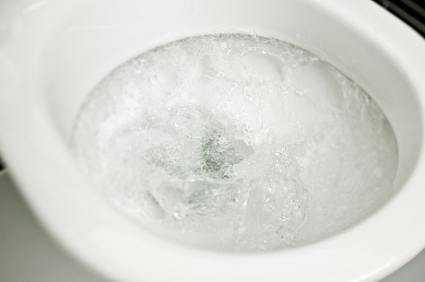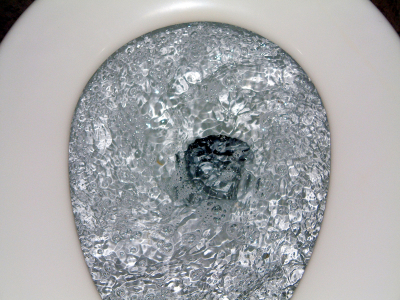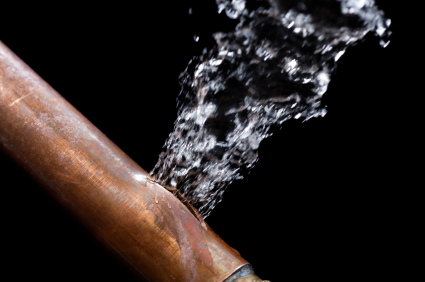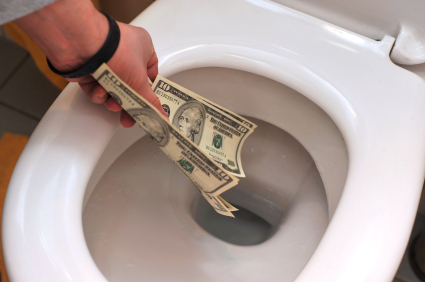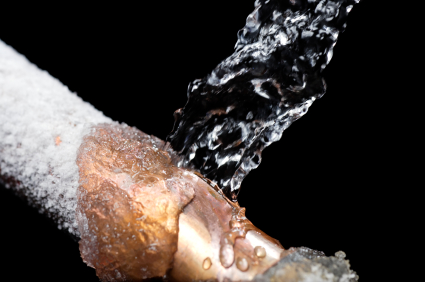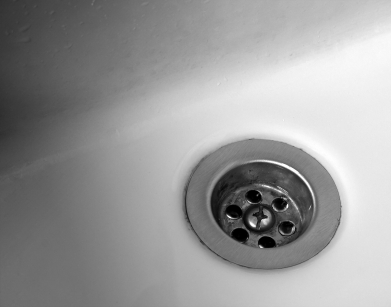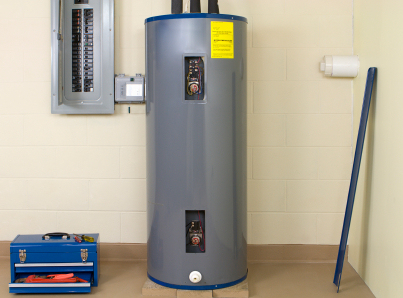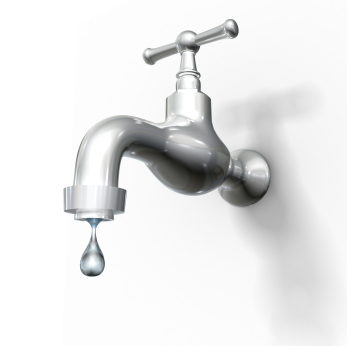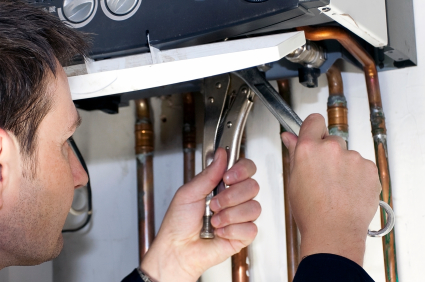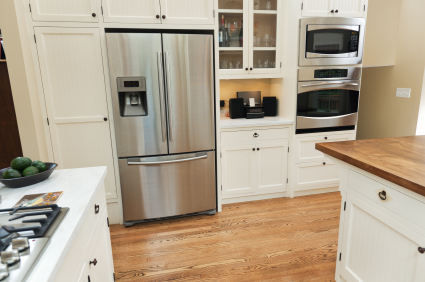Saving water is good for both your wallet and the environment. Instead of buying and installing a toilet that uses less water, review the tips provided below to learn how to make your toilet more water water efficient.
How to Make Toilet More Water Efficient:
Do you have an empty plastic bottle or a brick/rock? Fill the bottle with a bit of sand/pebbles and fill it the rest of the way with water. Put the cap back on, and seal it. The idea is to make the container heavy enough so that it will submerge, and stay submerged in water with little to no movement.
Next, locate the tank of your toilet – this is the topmost box that your back touches when using the toilet. Open the top cover and put it aside gently. You will see that the tank is somewhat full of water – submerge the bottle/rock you found in that water in a way that the thing you put in isn’t interfering with the mechanism inside.
Put the cover back on and flush the toilet two times. You should notice that your toilet is using less water to flush itself on the second flush and thereon. The normal amount of water used to flush the toilet has been reduced by the volume of the object you placed inside the tank.
The object you placed inside the tank is now displacing the actual amount of water used to flush the toilet. The tank fills itself only up to a certain height with water, and with an object taking up space inside, the tank will fill up to that certain height with less water, thus flushing with less amount of water.
If you use too big of an object, you may even find that there isn’t enough water to flush the toilet at times – you will want to find a small object to replace the current one if this is the case. It is important to find the right balance.
Additional Help
If you feel like you need professional help adjusting your toilet or purchasing a new one, use TalkLocal. This completely free service will connect you to up to three plumbers in your area who are willing to help. Within minutes, you should be on the phone with a highly rated professional. Save time searching for the right professional and have them call you.

